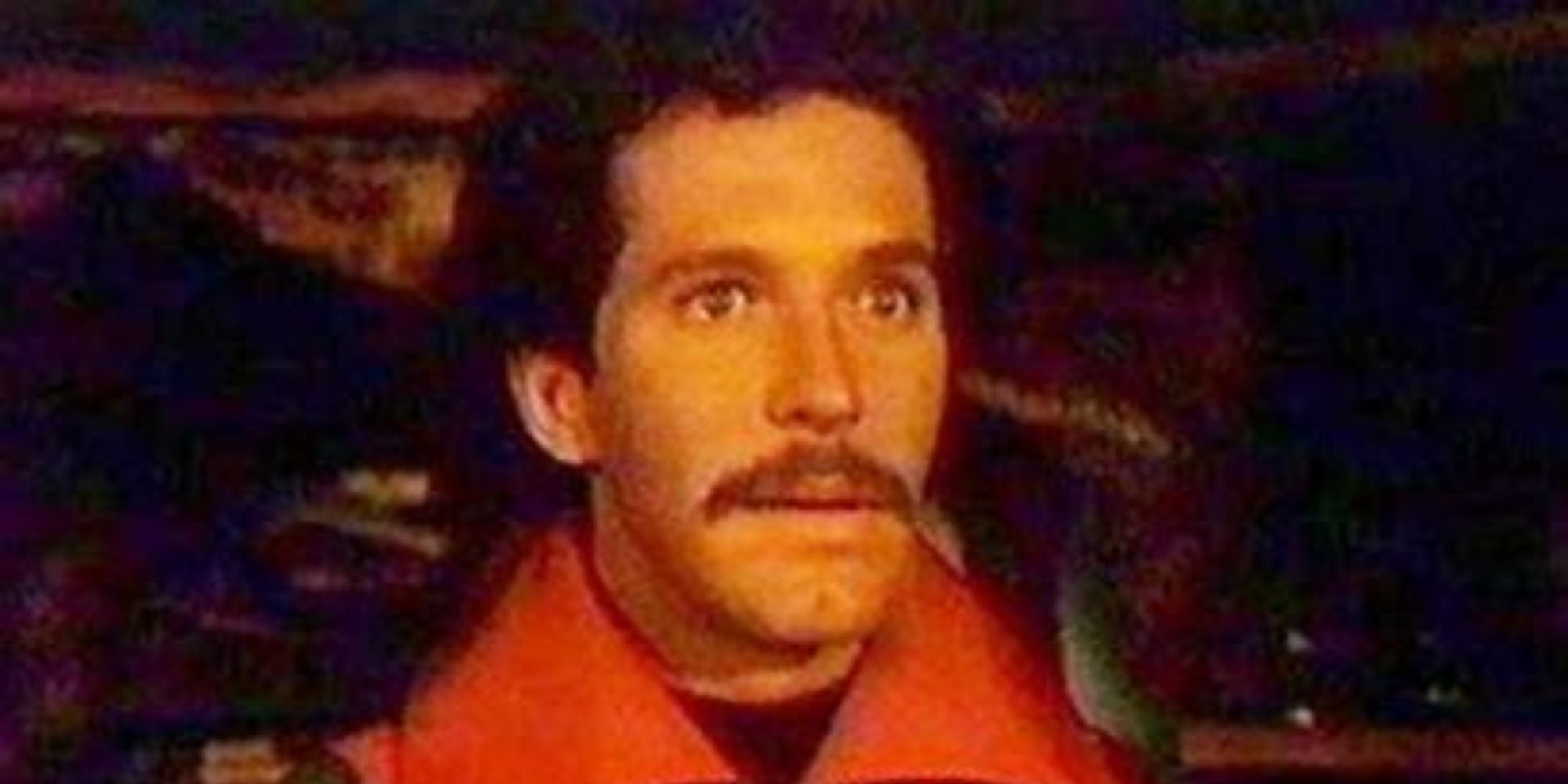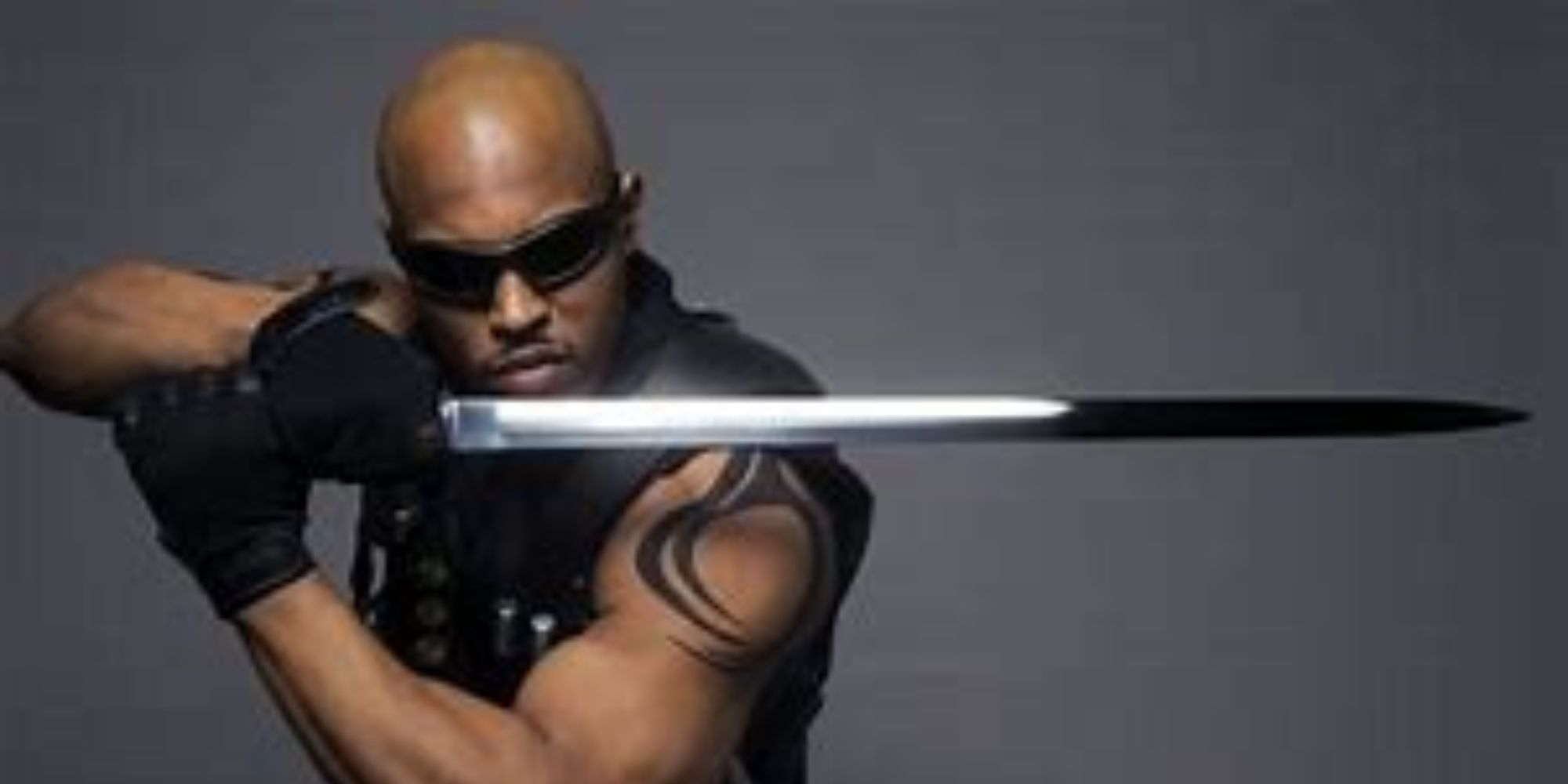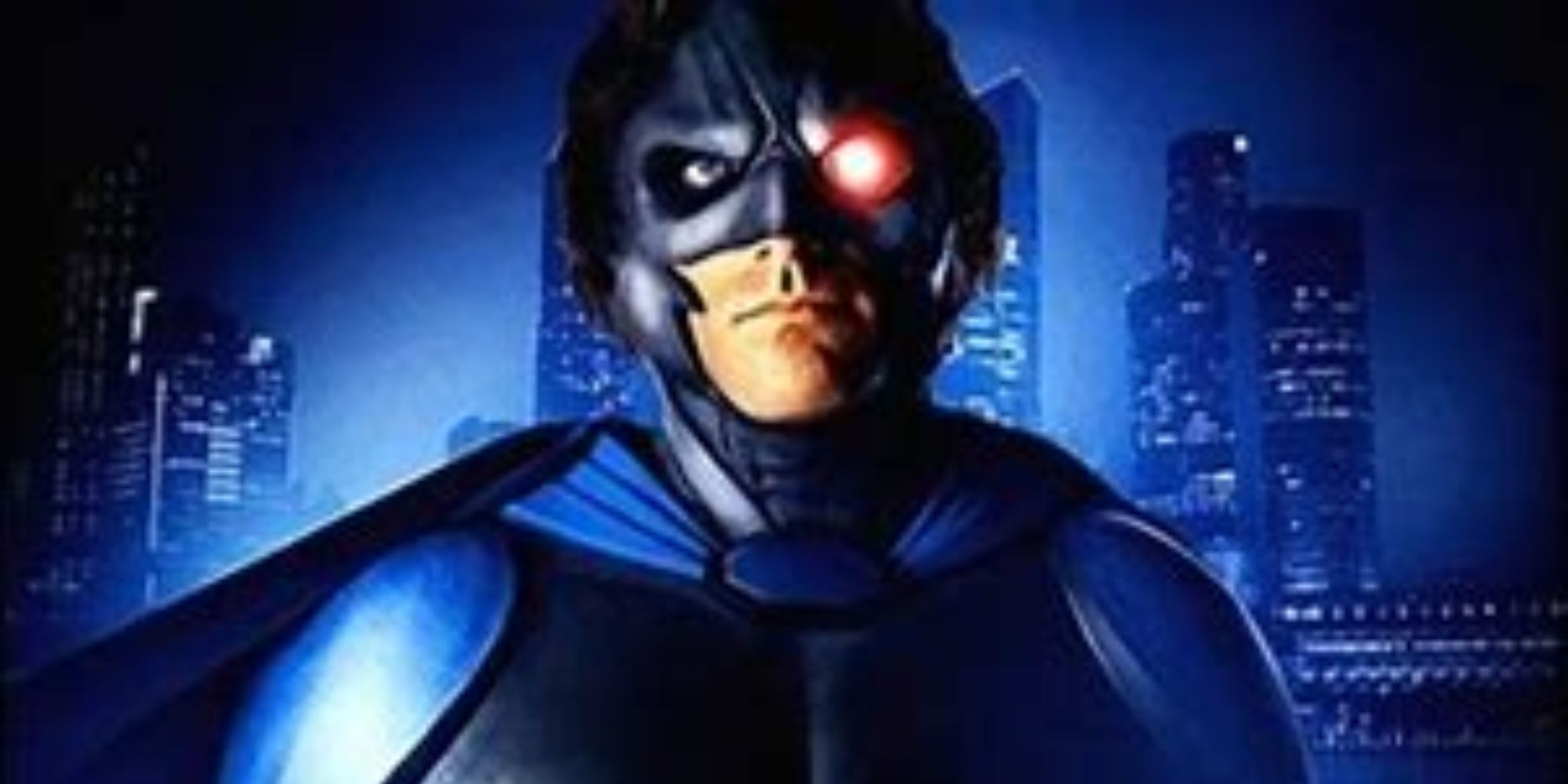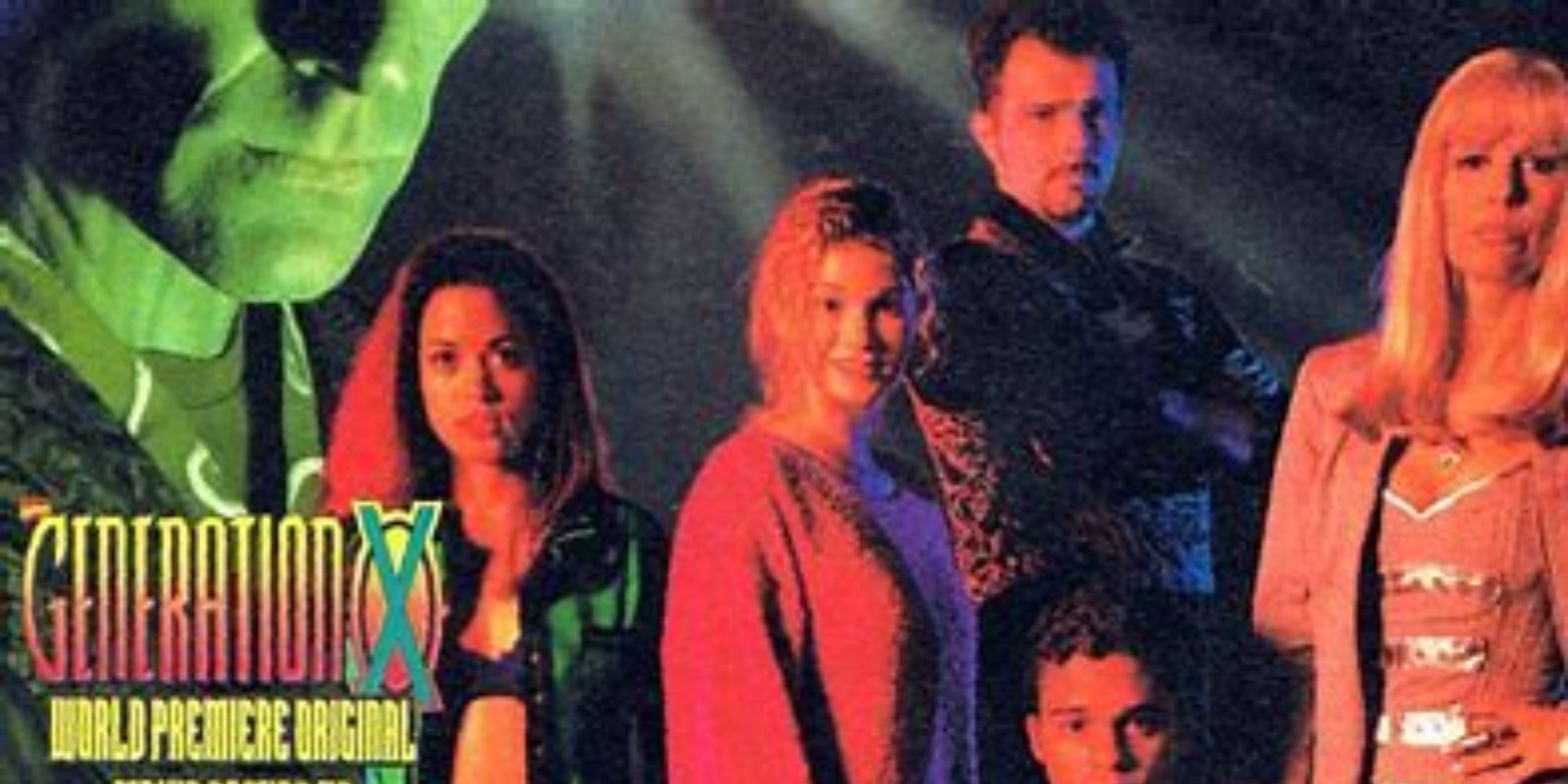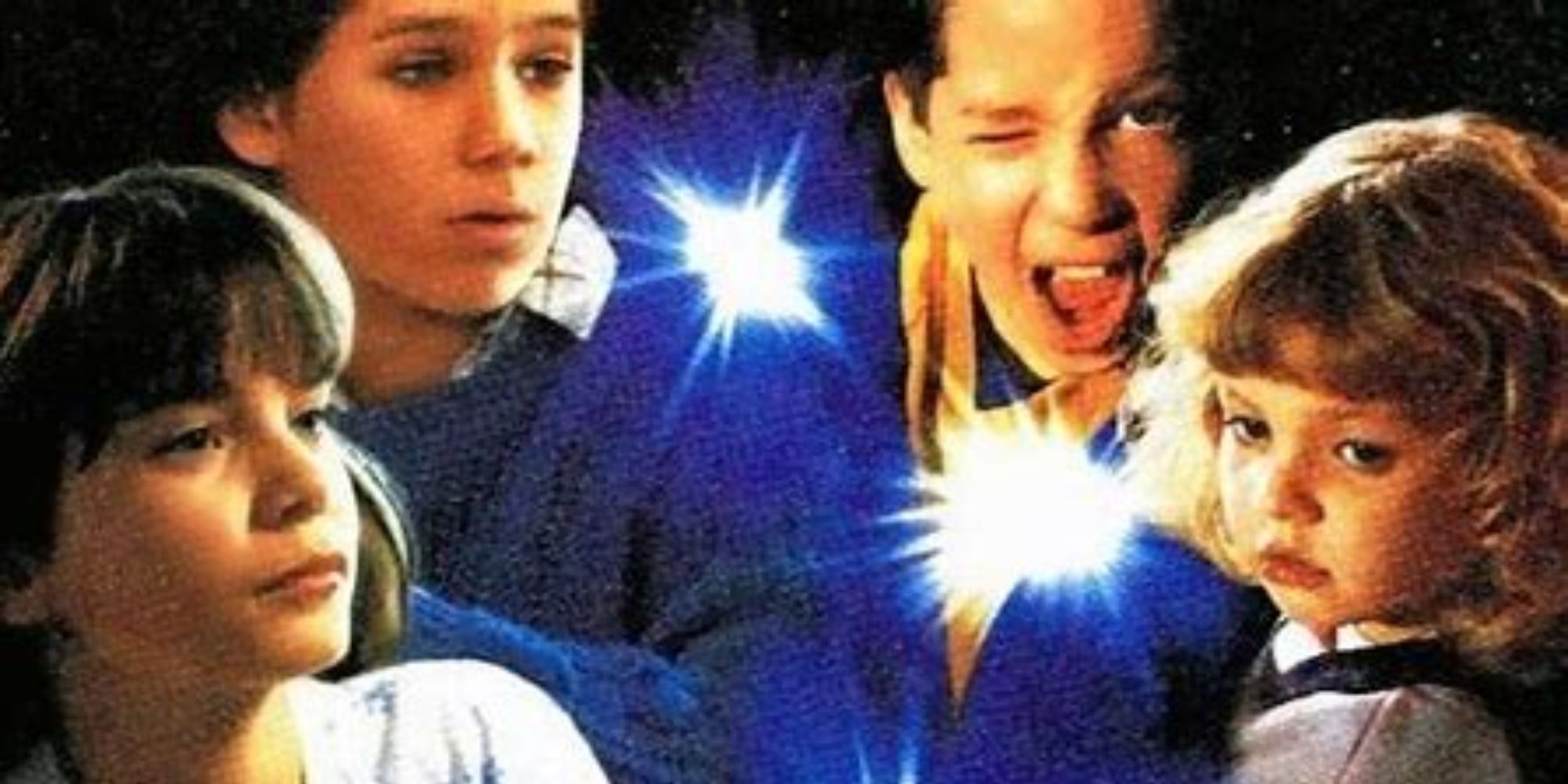Live-action television series featuring Marvel characters is not a recent phenomenon. As difficult as it might be to imagine, there was a time before the Marvel Cinematic Universe, a time before the likes of Thor and Doctor Strange, let alone Moon Knight and Ms. Marvel, were not part of the public consciousness.
However, this did not stop past television producers attempting to mine comic book pages for ratings gold. Some of these efforts were more than credible, with the man-on-the-run premise of The Incredible Hulk luring legions of fans. Other attempts were less glorious, with characters like Captain America and Nick Fury not given the treatment such iconic figures deserved.
‘The Incredible Hulk’
The Incredible Hulk aired on CBS between 1978 and 1982. Running five seasons, this was Marvel’s most successful live-action television series prior to the new millennium. Years after the series’ cancellation, additional specials were produced. The Incredible Hulk Returns (1988) included the god of thunder, Thor, while The Trial of the Incredible Hulk involved the vigilante, Daredevil. In 1990, The Death of the Incredible Hulk debuted.
The series holds a warm place in the hearts of fans. Viewers tuned in to see Dr David Bruce Banner, played by Bill Bixby, journey across America, helping those in need and searching for ways to cure his ailment, transforming into the monstrous Hulk, played by body builder Lou Ferringo, when angered. However, the made-for-television movies are not as fondly remembered. The interpretation of Thor in The Incredible Hulk Returns is a far cry from the Chris Hemsworth iteration, while the version of Daredevil in The Trial of the Incredible Hulk hardly compares to Charlie Cox’s modern portrayal.
‘Spider-Man’
The webslinger has had a number of adventures on the small screen. Between 1974 and 1977, Spidey Super Stories featured on The Electric Company. CBS produced The Amazing Spider-Man between 1977 and 1979. There was also a Japanese series in 1978 and 1979.
The Electric Company segments involved the hero tackling nefarious persons committing crimes. Spider-Man did not speak aloud. His communication came in the form of word balloons with the aim to develop viewers’ literacy. The later CBS series generated solid ratings, although it only lasted 13 episodes. There are links to the comic book origin. A lab accident sees young Peter Parker, played by Nicholas Hammond, gain enhanced strength, the ability to stick to walls, and a pre-cognitive ‘spider-sense’. Some episodes were theatrically released in international markets. Exceedingly unusual was the Japanese take, the antagonist being Professor Monster and the protagonist being a motorcyclist aided by an immense robot.
‘Doctor Strange’
The master of the mystic arts was the focus of a television film in 1978. The hope was Dr. Strange would lead to a series in the vein of The Amazing Spider-Man and The Incredible Hulk.
There are few similarities between this humble venture and the enormously popularDoctor Strange big-screen adaptations starring Benedict Cumberbatch. The original trailer for the television film promised viewers they would “reach into the unknown with Dr Strange”. Renowned British actor, Sir John Mills, took on the role of a sorcerer, representing “the power of good”; prolific American actress, Jessica Walter, portraying the villainous Morgan LeFey, represented “the power of evil”. The less-well-known Peter Hooten filled the cape of the main character, labeled “the man in the middle”. The film rated poorly and the critics’ reviews were largely negative, with accusations of it being uneventful and slow-moving.
‘Captain America’
The star-spangled Avenger received two television pilots in 1979. Neither Captain America, nor its sequel, Captain America II: Death Too Soon, were picked up for series.
As with Dr .Strange, the Captain America tele-films differ dramatically from the source material.
Steve Rogers is a commercial artist. Close to death, having been attacked by spies, Rogers’ life is saved when injected with a potent formula. The serum provides Rogers with substantially greater strength and reflexes. Helping Captain America in his quest is an advanced motorcycle, hence a winged helmet being worn, and a transparent shield. There is no fabled Captain America villain. However, the sequel does feature Christopher Lee, known for his Hammer Horror films and efforts in James Bond entry, The Man with the Golden Gun, the Star Wars prequels, and the Lord of the Rings trilogy. No regular series followed.
‘Nick Fury’
David Hasselhoff, best known for Knight Rider and Baywatch, took on the role of the eye-patch-wearing super spy in the 1998 Fox production, Nick Fury: Agent of SHIELD.
Nick Fury, having been a recluse since the Cold War’s end, is lured back into service to deal with the terrorist organization, HYDRA. The malicious force is led by Viper, daughter of former HYDRA leader, Baron Von Strucker. It is hoped Fury will foil HYDRA’s plan to destroy America. Despite being written by David Goyer, one of the brains behind The Dark Knighttrilogy, Nick Fury: Agent of SHIELD failed to impress audiences.
‘Blade’
Blade: The Series premiered on Spike TV in 2006, but was canceled after a season. The show was linked to the successful Wesley Snipes-starring Blade film trilogy.
Also involving David Goyer behind the scenes, the vampire hunter, Blade, played by rapper Kirk ‘Sticky Fingaz’ Jones, is on a quest to bring down Marcus Van Sciver, a member of the vampiric House of Chthon. Blade unites with Krista Starr in his mission. The premiere episode was an unprecedented success for Spike TV, although it failed to retain strong numbers. Some positive reviews were gained, including in Entertainment Weekly and The Guardian.
‘Night Man’
Night Man, a property created by comic legend Steve Englehart, aired for two seasons between 1997 and 1999. Hailing from Malibu Comic’s Ultraverse line, it came under the Marvel umbrella when it acquired Malibu.
Glen A. Larson, the creator of Battlestar Galactica and Magnum PI, was the force behind Night Man. The hero comes into existence when saxophonist, Johnny Domino, is struck by lightning and is hence able to tune into the frequency of evil. Fans of another 1980s Larson gem, the short-lived Manimal, received a thrill when its leading character, Dr Jonathan Chase, appeared. Unusual guest stars became a trait of Night Man. Donald Trump, Little Richard, Jerry Springer, and David Hasselhoff each had roles at various points.
‘Mutant X’
Running between 2001 and 2004, Mutant X came hot on the heels of 20th Century Fox’s hit, X-Men, directed by Bryan Singer. While there was no connection between the series and the film, it would seem Mutant X was an attempt to ride on the latter’s coattails.
The series involved mutants, creations of a government project, entering the wider population. One of the leading scientists, Adam Kane, played by John Shea, attempts to help the mutants. Kane’s adversary, Mason Eckhart, wants the group for his own questionable schemes. 20th Century Fox initiated civil action against Marvel Entertainment, arguing the television product was too similar to the X-Men franchise. Therefore, substantial changes were made, including ones relating to costumes, which were to have been similar to those in the X-Men film.
‘Generation X’
In the 1990s, Marvel looked to create an X-Men book with a more youthful cast. As a result, Generation X came into being, authored by Scott Lobdell and illustrated by Chris Bachalo. Fox, given its target audience, jumped at the chance to bring the new hit comic to television screens in 1996.
Adolescent mutants, including M, Skin, Mondo, and Jubilee, are led by Banshee and Emma Frost. Unfortunately, budgetary constraints prevented two popular heroes, Chamber and Husk, from appearing. In the film, the Generation X team comes into conflict with a scientist with doubtful motives. At one stage, there were hopes the series would go to air on the same evening as hit The X-Files, but this was not to be
‘Power Pack’
The 1991 pilot, inspired by the Louise Simonsen and June Brigman creation, was developed for NBC’s Saturday morning schedule.
Although they possess extraordinary abilities, the members of Power Pack, including Alex, Jack, Julie, and Katie Power, face the struggles of average children, both school and home related. Things become even more difficult when Jack enters a mansion once owned by Dr. Mobius, a circus owner. The Power Pack needs to address the phantom of the mansion’s previous owner, while not letting their parents become aware of their shenanigans. NBC did not pursue the series, although the pilot was picked up by Fox.























































![Social Media Spring Cleaning [Infographic] Social Media Spring Cleaning [Infographic]](https://imgproxy.divecdn.com/9e7sW3TubFHM00yvXe5zvvbhAVriJiGqS8xmVFLPC6s/g:ce/rs:fit:770:435/Z3M6Ly9kaXZlc2l0ZS1zdG9yYWdlL2RpdmVpbWFnZS9zb2NpYWxfc3ByaW5nX2NsZWFuaW5nMi5wbmc=.webp)
![5 Ways to Improve Your LinkedIn Marketing Efforts in 2025 [Infographic] 5 Ways to Improve Your LinkedIn Marketing Efforts in 2025 [Infographic]](https://imgproxy.divecdn.com/Hv-m77iIkXSAtB3IEwA3XAuouMwkZApIeDGDnLy5Yhs/g:ce/rs:fit:770:435/Z3M6Ly9kaXZlc2l0ZS1zdG9yYWdlL2RpdmVpbWFnZS9saW5rZWRpbl9zdHJhdGVneV9pbmZvMi5wbmc=.webp)




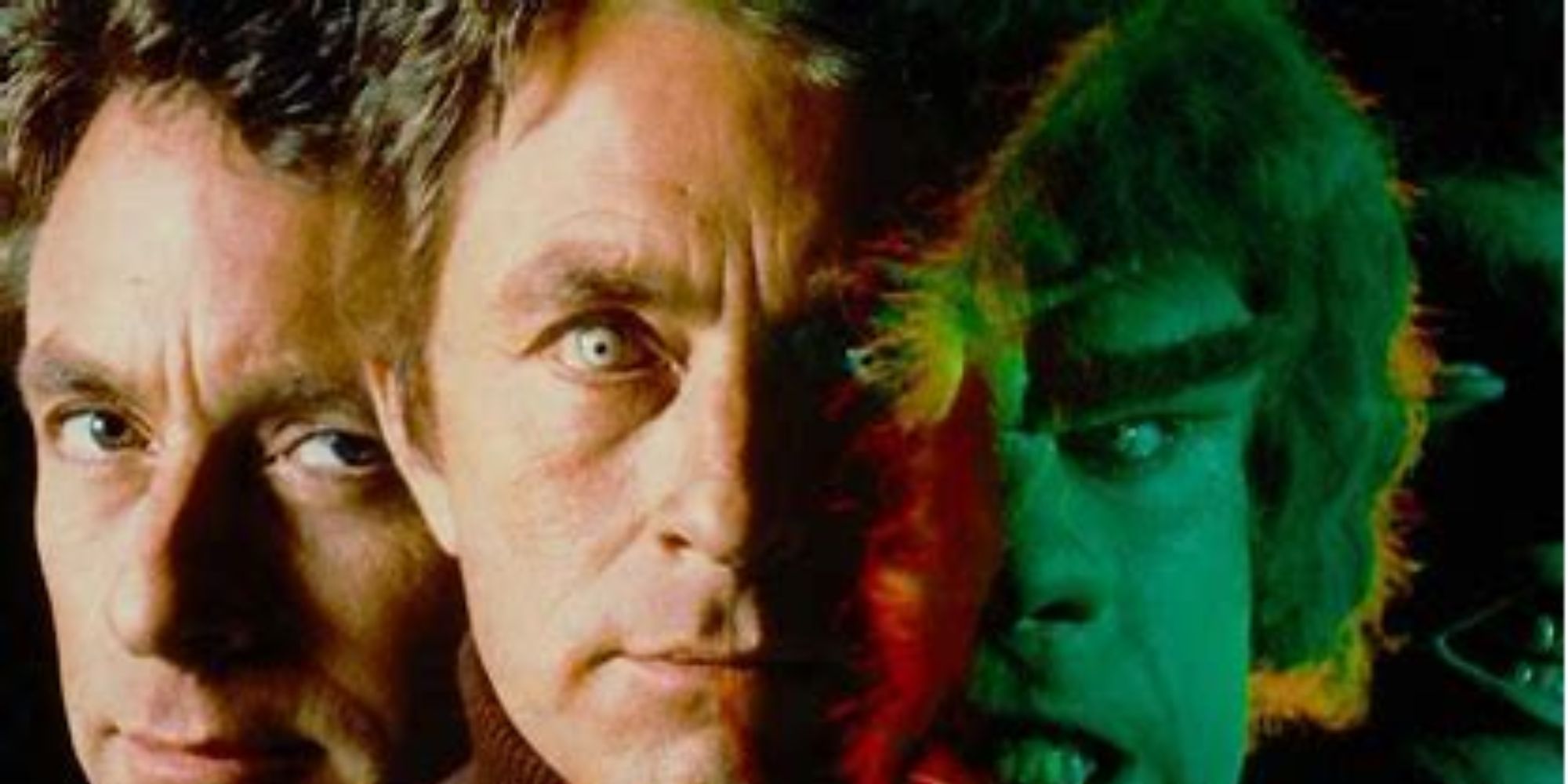
.jpg)
.jpg)
